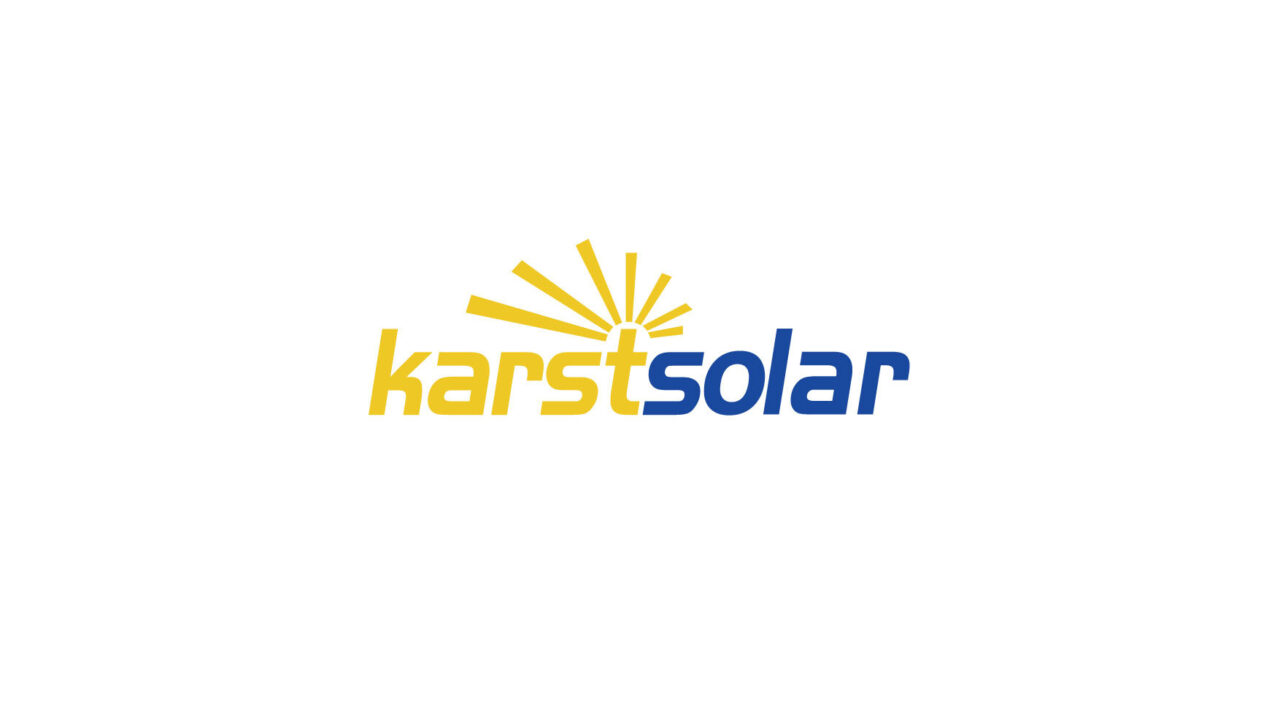In today’s environmentally conscious world, harnessing solar energy through rooftop photovoltaic (PV) systems has become increasingly popular. However, beyond simply orienting panels towards the sun, several critical factors must be considered to ensure optimal performance and efficiency.
- Sunlight conditions:
PV panels rely on sunlight to convert into electricity, so the sunlight conditions at the installation site are one of the key factors. Make sure that the roof is fully exposed to sunlight most of the time to provide sufficient energy collection.

2.Tilt angle:

The tilt angle of the PV panel affects its efficiency in receiving solar radiation. Generally speaking, a tilt angle installed near the latitude angle of the geographical location can capture the most solar energy. For rooftop PV, the installation tilt angle is 0° to 60°, and the roof power generation change at intervals of 5° can refer to experimental data to determine the optimal tilt angle. The specific tilt angle will also be affected by the roof structure and aesthetics.
3. Shadow shading:
Make sure that the PV panel is not blocked by any shadows, because even partial shading will reduce the efficiency of the entire system. Surrounding structures such as buildings, trees, chimneys, peaks and tall buildings may cause shadows, so careful consideration is needed before installation, and these obstructions should be avoided as much as possible.

4. Roof structure:

The installation of PV panels requires the bracket to be fixed on the roof, which requires the roof to have sufficient load-bearing capacity. The weight of the panels and their supports may put pressure on old or weak roofs to ensure that they can support the weight of the PV system. Some roof structures may require additional support or reinforcement. The type of roof (flat roof or sloped roof) and the orientation of the slope are also important factors affecting the installation capacity of the PV system.
5. Roof material:
Different types of roof materials may affect the installation method of the PV system. Some materials, such as metal or tiles, may be easier to install PV panels, while other materials may require special installation methods.

6. Waterproofing and safety:

During the installation process, pay attention to waterproofing the roof to avoid roof leaks caused by the installation of the PV power station. When installing a PV system, you must ensure that all equipment is firmly installed to avoid safety hazards caused by improper installation.
7. Ambient temperature:
The module temperature is affected by ambient temperature, irradiance, wind speed, etc., and its rate of change is also related to the PV material. The power generation efficiency decreases as the module temperature increases, so the impact of ambient temperature on the PV system needs to be considered.

8. Local regulations and building permits:

Before installing a PV system, you need to understand local regulations and building permit requirements. Some places may require special permits or approvals to ensure the safety and compliance of the system.
9. Grid access and power storage:

Consider how the PV system is connected to the grid and whether a power storage system is needed to continue to provide power at night or on cloudy days.
By considering the above factors, rooftop PV systems can be better designed and installed to ensure their power generation efficiency and safety.

Karstsolar, based in Shenzhen, is a company dedicated to solar panel production and international trade. Founded in 2009, Karstsolar boasts extensive experience in solar technology and a remarkable track record in global market expansion. We take pride in delivering efficient and reliable solar solutions to clients worldwide.
